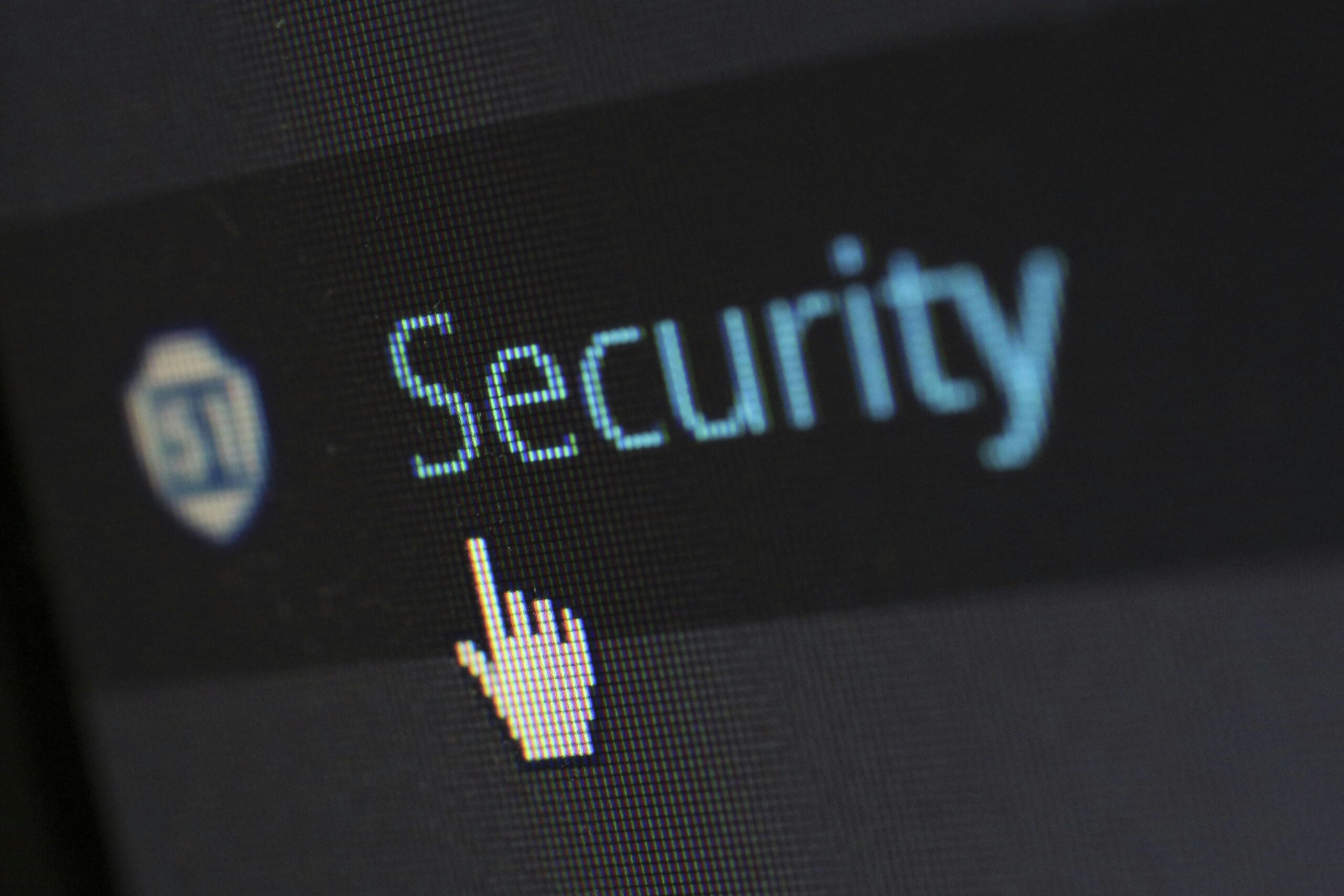Ever wonder if community services—like public bathrooms, libraries, or transit stops—are truly accessible and equitable for everyone?
You can help by doing just one thing: use your smartphone to map and rate a local public service (e.g., accessibility, safety, cleanliness). It’s a tiny tech habit that strengthens transparency, trust, and good governance — all under SDG 16: Peace, Justice, and Strong Institutions.
Why It Matters
- Many local services operate without feedback from users, leading to neglect or unfair access.
- Studies show that citizen reviews improve public accountability and encourage authorities to act faster.
- Tech-based civic feedback platforms boost service quality and promote more inclusive decision-making.
The Tiny Action: Civic Map‑Up Challenge
- Pick a nearby public service — school, park restroom, bus stop, or public hall.
- Rate it using a feedback map or civic app, covering:
- Cleanliness & maintenance
- Accessibility & safety
- Ease of use
- Include a quick photo or description (optional) to strengthen the entry.
- Submit your feedback — entries are shared with authorities or civic groups to prompt improvements.
- Repeat once a week — over time, you’ll build a useful community tool that highlights local needs.
Why It Works
- Empowers citizens: turns everyday observations into actionable data.
- Improves transparency: officials see where services need attention.
- Strengthens community voice: collective feedback leads to better infrastructure and accountability.
How It Supports SDG 16
SDG 16 emphasizes building just, inclusive, and participatory institutions. The Civic Map‑Up Challenge promotes:
- Public feedback loops (Target 16.6)
- Inclusive civic participation (Target 16.7)
By rating services, you’re helping communities shape their own environments.
(Source: UN SDG 16)
Map It, Rate It, Improve It
Your phone can do more than swipe social media — it can help fix local services.
Join the Civic Map-Up Challenge — one review at a time, build stronger and fairer communities.



